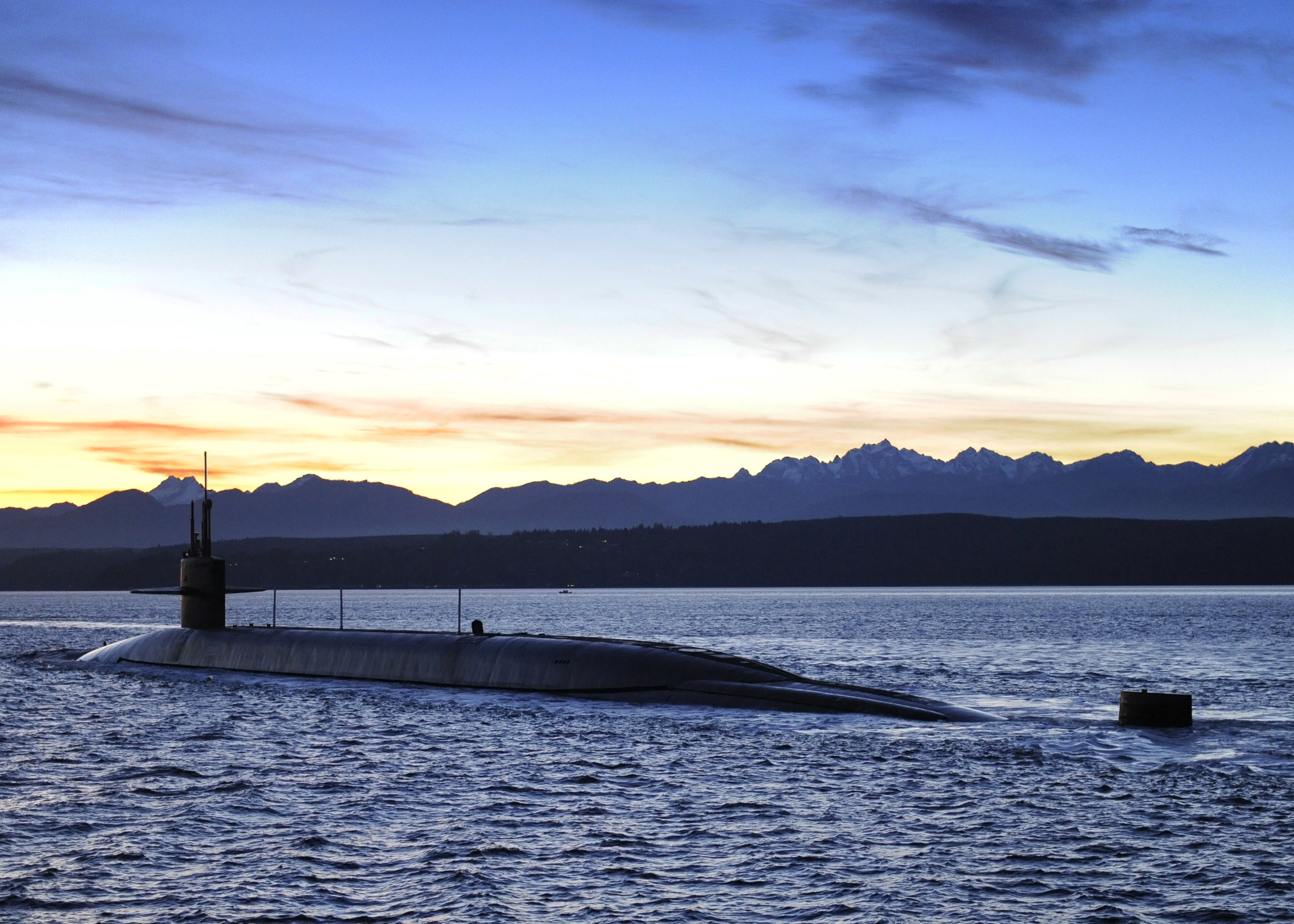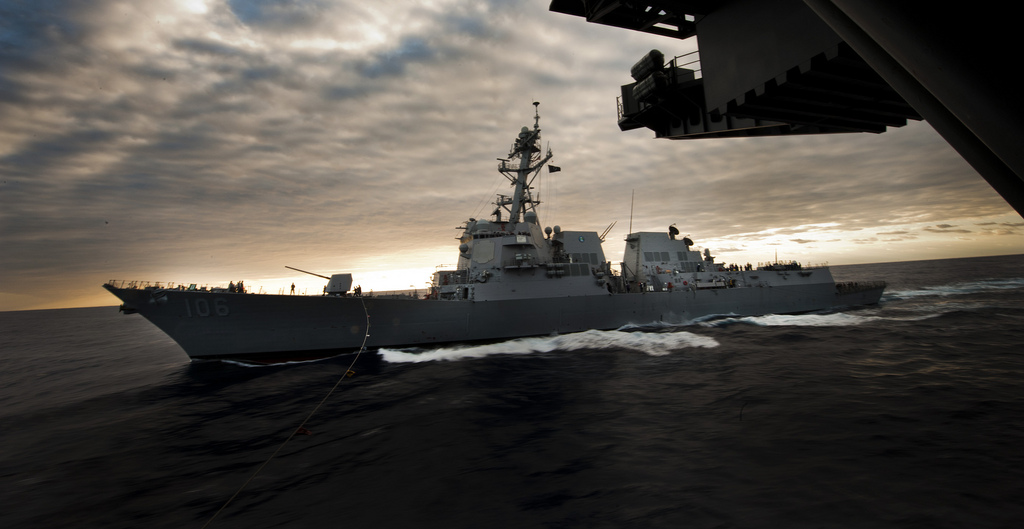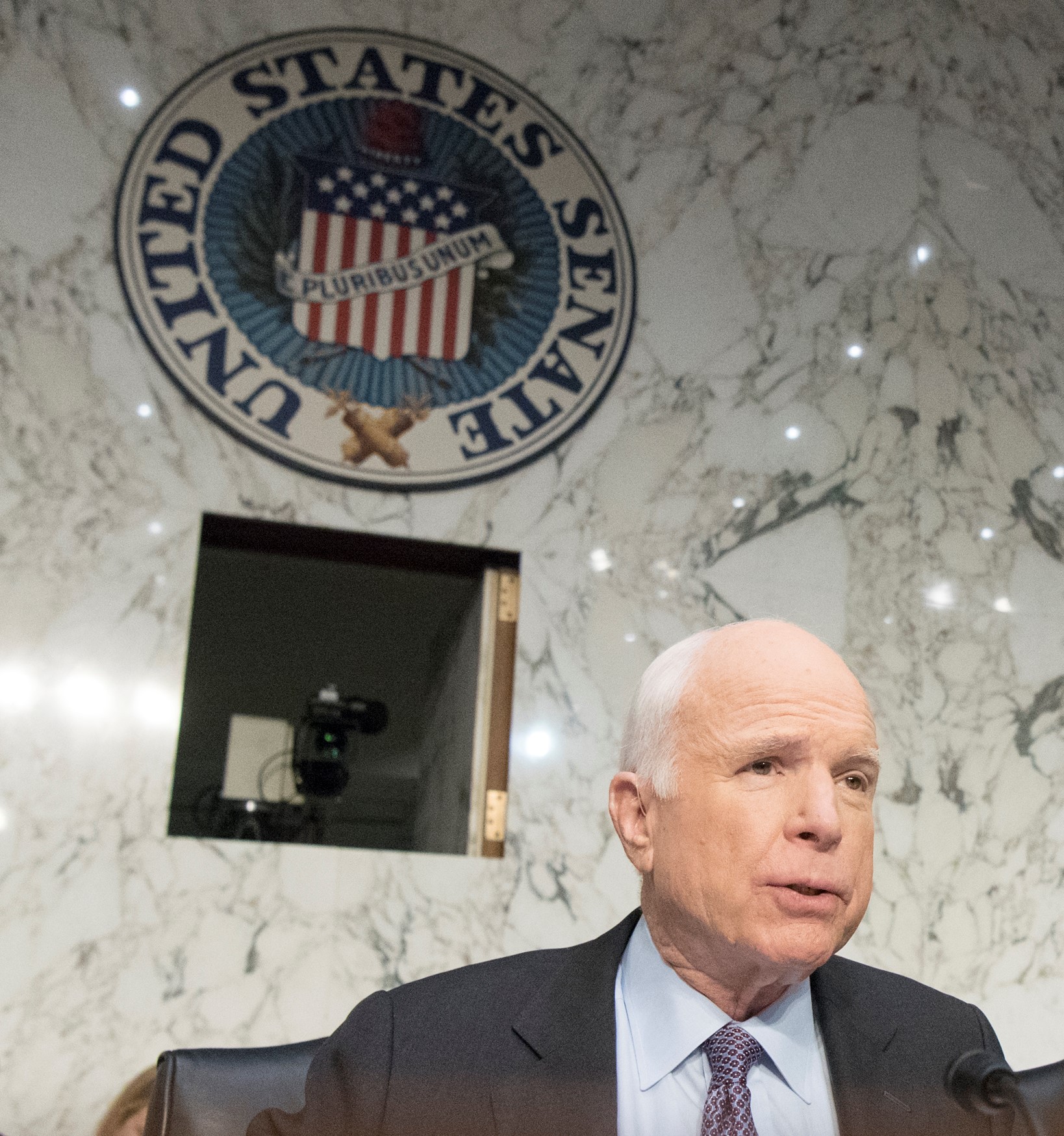Nuclear Posture Review: The More Things Change, The More They Stay the Same
Last week, the Trump administration formally released its review of U.S. nuclear weapons policy. Judging by reactions over what amounts to the longest rollout in Nuclear Posture Review (NPR) history, there is something in it for everyone. That means almost no one is happy.










